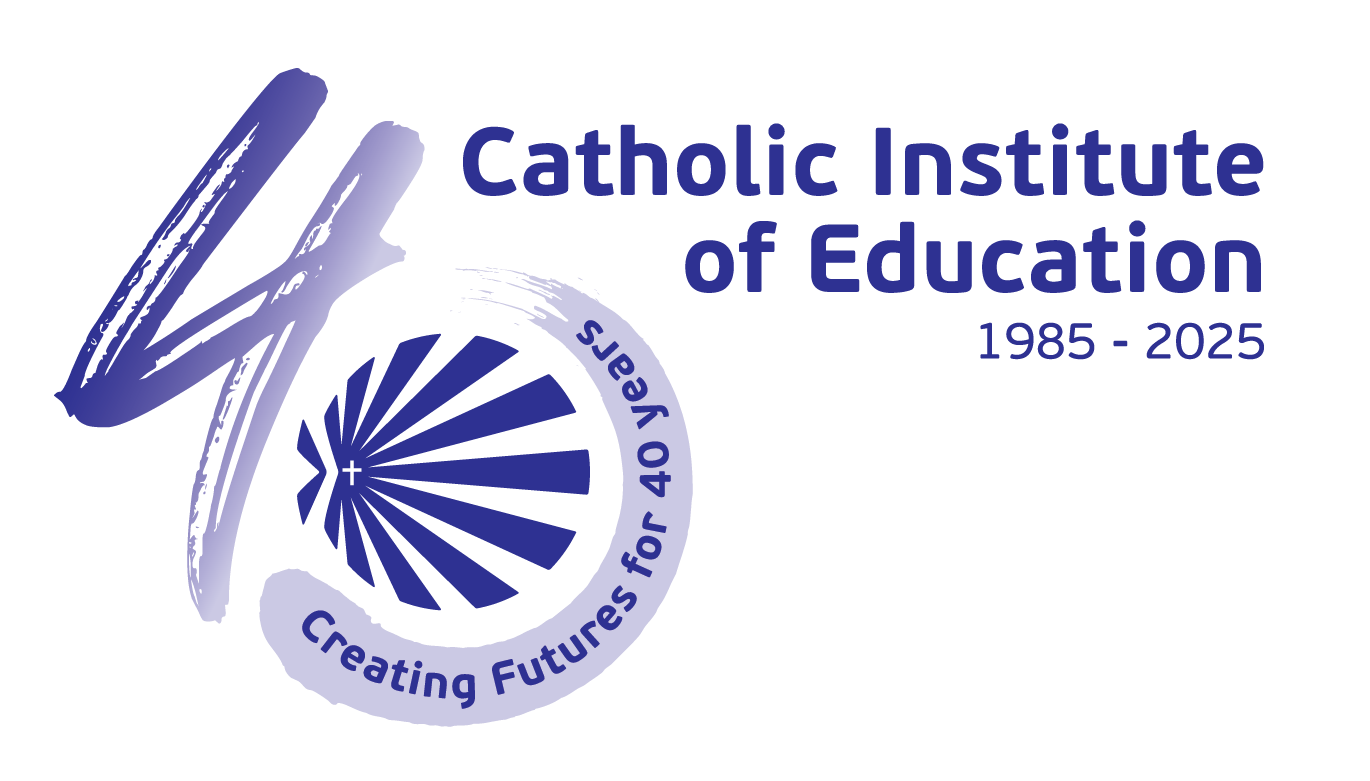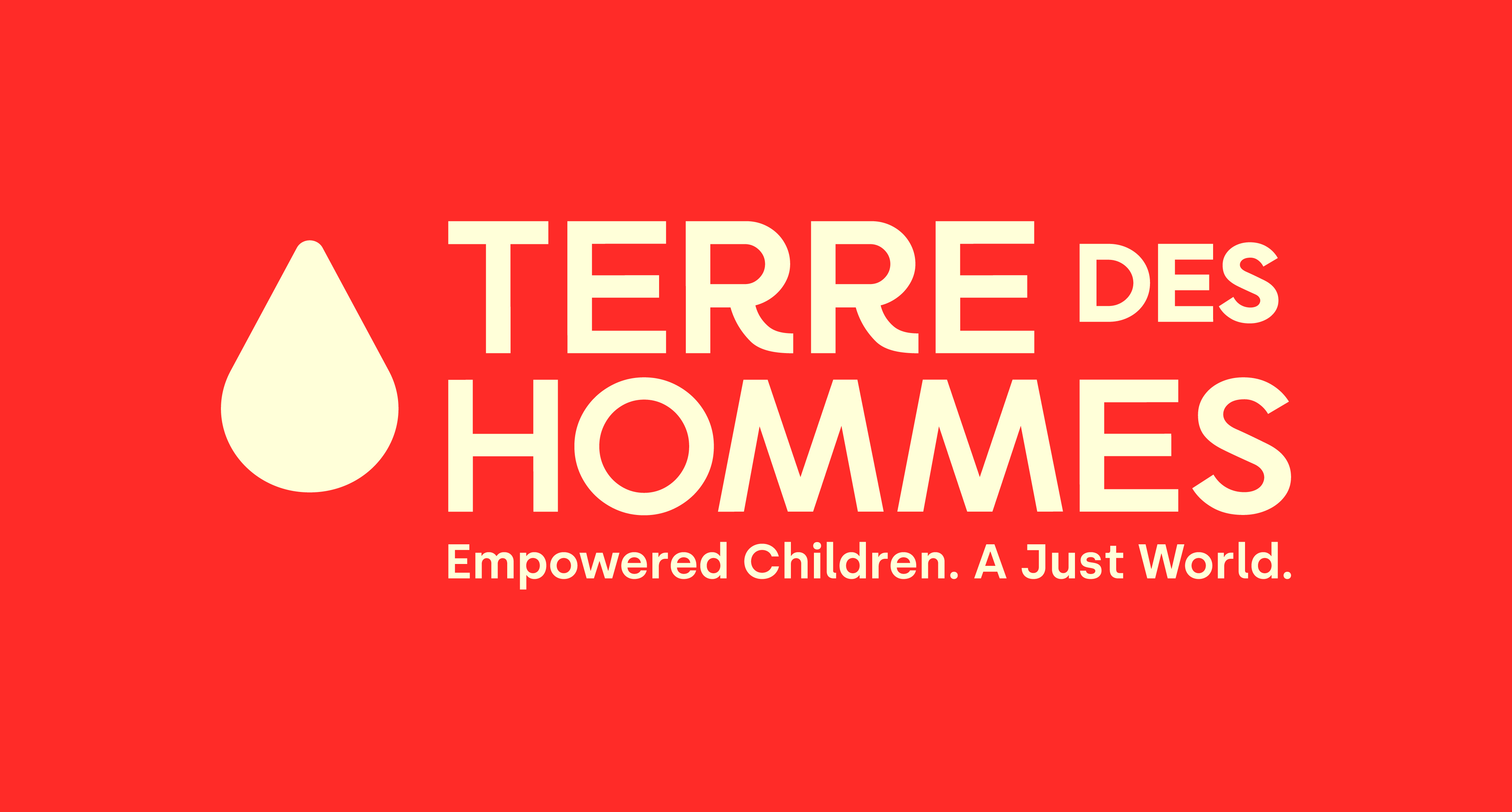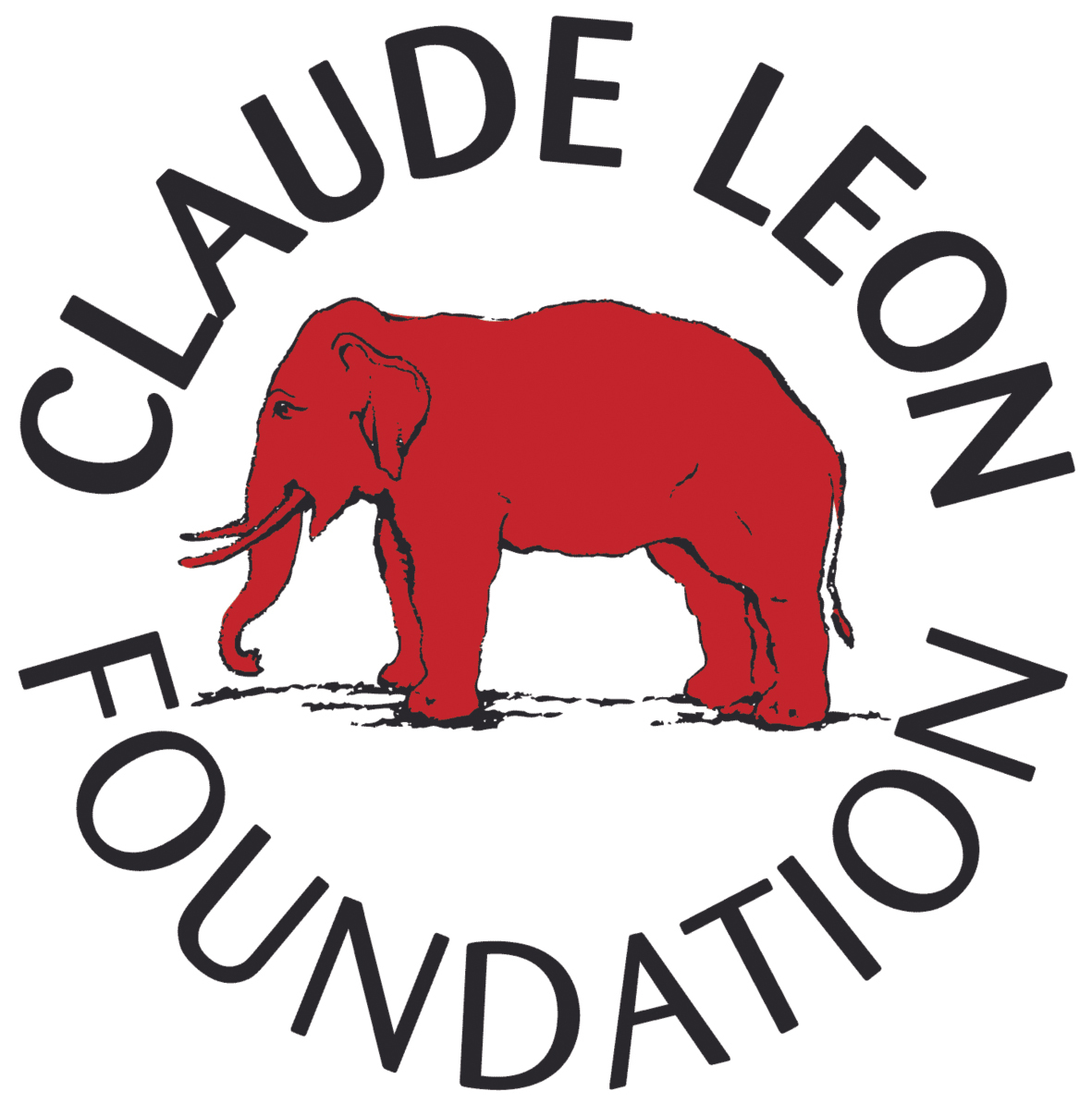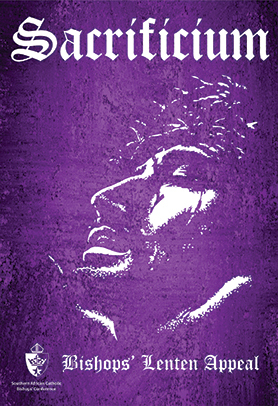Draft Core Curriculum Statement
Two main factors have led to the necessity of developing a core curriculum for Religious Education in South African Catholic schools. See the Curriculum page. You can download the draft statements here.
- Draft RE Core Curriculum Statement Grades R to 7 Jan 2016
- Draft RE Core Curriculum Statement Grades 8 to 12 Jan 2016
The two statements are accompanied by suggested programmes from Lifebound (Grades R to 7) and CORD (Grades 8 to 12), which will cover the core curriculum.
Suggested Programmes
To meet the requirements of the Draft Core Curriculum Statement, teachers of Religious Education can either develop their own programmes and lessons, or they can choose to use the core programmes of 32 lessons per year drawn from Lifebound and CORD. These programmes and lesson plans can be downloaded on this page. The programmes identify a single lesson per teaching week of the year, aligning them where feasible with religious festivals.
Grades R to 7
- In the programmes which follow, the lessons have been re-ordered and re-numbered to give them a more logical flow. The original numbering is provided for reference back to the Lifebound Teacher Handbooks.
- The titles have been changed where necessary to give a better idea of the lesson’s focus.
- The numbering of the learning opportunities corresponds with that of the Lifebound Curriculum Guide and with the numbering in the Core Curriculum Statement. Numbered outcomes for integrated processes - Arts, Story, Models, Philosophy and Personal Growth - appearing in bold italics indicate that they are featured in the lesson.
- Music suggestions from the book Sing for Life are provided where suitable.
- Reference to resources no longer available have been removed.
- Suggestions have been added where necessary to alert teachers to the principle of religious freedom and to ensure inclusion and equity in classes which have a multireligious composition. This is usually in cases where the lesson includes prayer and/or worship activities.
- Where lessons require a worksheet, these are incorporated into the lesson plan as an appendix.
- Grade R Lesson Sequence Lessons 1-3 Lessons 4-6 Lessons 7-10 Lessons 11-13 Lessons 14-19 Lessons 20-24 Lessons 25-27 Lessons 28-32
- Grade 1 Lesson Sequence Lessons 1-3 Lessons 4-6 Lessons 7-10 Lessons 11-14 Lessons 15-19 Lessons 20-24 Lessons 25-27 Lessons 28-32
- Grade 2 Lesson Sequence Lessons 1-4 Lessons 5-8 Lessons 9-10 Lessons 11-15 Lessons 16-19 Lessons 20-23 Lessons 24-28 Lessons 29-32
- Grade 3 Lesson Sequence Lessons 1-2 Lessons 3-4 Lessons 5-7 Lessons 8-10 Lessons 11-14 Lessons 15-16 Lessons 17-19 Lessons 20-22 Lessons 23-25 Lessons 26-28 Lessons 29-30 Lessons 31-32
- Grade 4 Lesson Sequence Lessons 1-3 Lessons 4-5 Lessons 6-9 Lessons 10-11 Lessons 12-17 Lessons 18-19 Lessons 20-21 Lessons 22-24 Lessons 25-28 Lessons 29-30 Lessons 31-32
- Grade 5 Lesson Sequence Lessons 1-3 Lessons 4-7 Lessons 8-9 Lessons 10-13 Lessons 14-19 Lessons 20-26 Lessons 27-28 Lessons 29-32
- Grade 6 Lesson Sequence Lessons 1-4 Lessons 5-7 Lessons 8-10 Lessons 11-15 Lessons 16-18 Lessons 19-23 Lessons 24-25 Lessons 26-29 Lessons 30-32
- Grade 7 Lesson Sequence Lessons 1-3 Lessons 4-6 Lessons 7-9 Lessons 10-12 Lessons 13-17 Lessons 18-23 Lessons 24-25 Lessons 26-29 Lessons 30-32
Grades 8 to 12
- In the programmes which follow, the lessons have been numbered sequentially from 1-32 to bring their order in line, where feasible, with recommendations from the CORD Curriculum (p.16). However, a different ordering may be more suitable depending on your context. At the same time it is advisable to keep lessons in each process together as they are often linked in some way. For this reason they are grouped below according to process. The original numbering for each particular process is provided for reference back to the CORD Lesson Handbooks.
- Suggestions have been added where necessary to alert teachers to the principle of religious freedom and to ensure inclusion and equity in classes which have a multireligious composition. This is usually in cases where the lesson includes prayer and/or worship activities.
- Where lessons require a worksheet, these are incorporated into the lesson plan as an appendix – Lesson Materials. In this regard, LSM refers to Learner Support Material, and TSM to Teacher Support Material.
- The CORD Reference at the head of each lesson specifies the page in the original Curriculum File whence the idea for the lesson comes.
- The outcomes suggested for each lesson fall into one or more of the following categories:
KUI – knowledge, understanding, insight
SKL – skill
DAP – desired attitudes and practices
EXP - experience
- Grade 8 Lesson Sequence Lessons 1-2 Lessons 3-5 Lessons 6-9 Lesson 10-15 Lessons 16-18 Lessons 19-22 Lessons 23-25 Lessons 26-28 Lessons 29-32
- Grade 9 Lesson Sequence Lessons 1-3 Lessons 4-6 Lessons 7-9 Lessons 10-13 Lessons 14-18 Lessons 19-23 Lessons 24-25 Lessons 26-28 Lessons 29-32
- Grade 10 Lesson Sequence Lessons 1-6 Lessons 7-9 Lessons 10-13 Lessons 14-18 Lessons 19-22 Lessons 23-24 Lessons 25-28 Lessons 29-30 Lessons 31-32
- Grade 11 Lesson Sequence Lessons 1-4 Lessons 5-6 Lessons 7-9 Lessons 10-12 Lessons 13-15 Lessons 16-18 Lessons 19-23 Lessons 24-25 Lessons 24-28 Lessons 29-32
- Grade 12 Lesson Sequence Lessons 1-4 Lessons 5-7 Lessons 8-9 Lessons 10-11 Lessons 12-18 Lessons 19-24 Lessons 25-28 Lessons 29-32
Lifebound assessment instruments
Assessment instruments designed for particular groups of lessons or for more general use can be downloaded here.
Generic instruments (for use in different grades)
Specific instruments (for use in particular grades and lesson groups)
Note that the lesson numbers that follow refer to the original Lifebound Handbooks
Grade 1
Grade 2
Grade 3
Grade 4
Grade 5
Grade 6
Grade 7
Lifebound worksheet guides
These guides contain factual or suggested answers to the worksheets where necessary. In many instances, however, the worksheets call for open responses from learners and no suggestions are offered for these.
National RE tests
Grade 6 RE test 2010
Grade 6 and Grade 9 RE tests 2011
Grade 6 and Grade 9 RE tests 2012
- Grade 6 test information
- Grade 6 test
- Grade 6 test memo
- Grade 9 test information
- Grade 9 test
- Grade 9 test memo
Grade 6 and Grade 9 RE tests 2014
- Grade 6 test information
- Grade 6 Section A
- Grade 6 Section A memorandum
- Grade 6 Section B
- Grade 6 Section B memorandum
- Grade 9 test information
- Grade 9 Section A
- Grade 9 Section A memorandum
- Grade 9 Section B
- Grade 9 Section B memorandum
Grade 6 and Grade 9 RE tests 2015
- Grade 6 test information
- Grade 6 Section A Afrikaans
- Grade 6 Section A memorandum
- Grade 6 Section B
- Grade 6 Section B Afrikaans
- Grade 6 Section B memorandum
- Grade 9 test information
- Grade 9 Section A
- Grade 9 Section A memorandum
- Grade 9 Section B
- Grade 9 Section B memorandum
Grade 6 and Grade 9 RE Tests 2016
- Grade 6 information
- Grade 6 Section A
- Grade 6 Section A memorandum
- Grade 6 Section B
- Grade 6 Section B memorandum
- Grade 9 information
- Grade 9 Section A
- Grade 9 Section B
- Grade 9 Section A memorandum
- Grade 9 Section B memorandum
Grade 6 and Grade 9 RE tests 2017
- Grade 6 Information
- Grade 6 Section A memorandum
- Grade 6 Section B memorandum
- Grade 9 Information
- Grade 9 Section A memorandum
- Grade 9 Section B memorandum
Note that these tests will be based on the core curriculum and the suggested programmes given at the top of this page.
Common assessment tasks
You can download common assessment tasks here. They are based on material from Lifebound (Grade 7) and CORD (Grades 8 to11)
Religious festivals
The multireligious dimension of our society is featured in the Catholic school Religious Education curriculum and in the Religion Education component of Life Orientation. A calendar of major festivals of world religions and a supplement including days of national and international significance is provided as a resource for making this dimension visible in the school.
Click here for the 2024 calendar.
Paraliturgies
The following paraliturgies, while designed for a specific year, can easily be adapted to suit current contexts and needs.
Click here for a paraliturgy to mark Eid Al-Fitr (1 Shawwaal).
Click here for a paraliturgy to mark the Jewish New Year festival Rosh Hashanah.
Click here for a paraliturgy to mark the Hindu Diwali festival .




